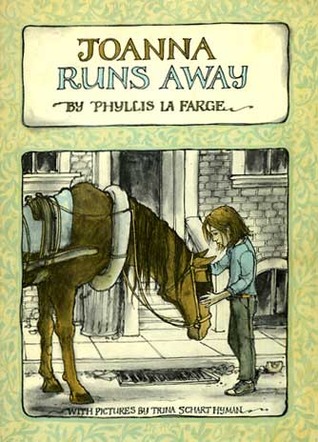The Golden Pasture
Joyce Carol Thomas, il.???
1986, Scholastic POINT
“I still say that
Indian woman would still be here if you knew how to cooperate sometimes and
learned how to show a little affection.
Black folks and Cherokees have been marrying and getting along for as
long as I can remember. What’s your
problem?”
The uneasy relationship between Gray Jefferson and his grown
son, Samuel, is laid out in that comment.
Samuel has just come to Gray’s Oklahoma ranch, Golden Pasture with his newborn son,
Carlton Lee. In the first, startling
chapters, Samuel had stolen the infant from his Cherokee mother, Rose Branch,
after she gives birth in the winter woods, and Gray clearly suspects that his
son’s to blame for whatever separated mother and child. Carlton will never see his mother again, but
he forms a strong bond with his grandfather almost from the moment he’s placed
in his arms.
12 years later, Carlton Lee is spending another summer at
Golden Pasture, enjoying the company of his easygoing, story-telling
grandfather and riding horses. The only
unsatisfactory spots are visits by his brooding father, his nagging desire to
ride in the Boley Rodeo, and his curiosity over one remote pasture he’s
forbidden to enter. When an accident
forces Carl Lee to enter this area, he finds a beautiful Appaloosa and,
indirectly, a clue to his father’s past.
As he works to restore Cloudy to health, his grandfather tells him the
story of Samuel and his wild horse, and their fate.
“Once, your daddy
loved a horse. I should’ve let him keep
the horse after we caught him, but I wanted to show him off in that darn
rodeo. He was a king, that horse.”
Carl Lee understands the story – of Thunderfoot the wild
horse, of Samuel the wild teenager who responded to the wild stallion, and of
Hellhound, the brutal bronc rider who couldn’t resist the challenge of
Thunderfoot’s reputation for putting cowboys on the ground. But he doesn’t understand the last piece
until history repeats itself at the Boley Rodeo.
A father-son story centered on a horse, with a writing style
that reads like a storyteller’s voice.
The author wrote several books set near Ponca City, where she grew up,
and some feature Carl Lee.
Series
Marked By Fire
Bright Shadow
House of Light
Links







